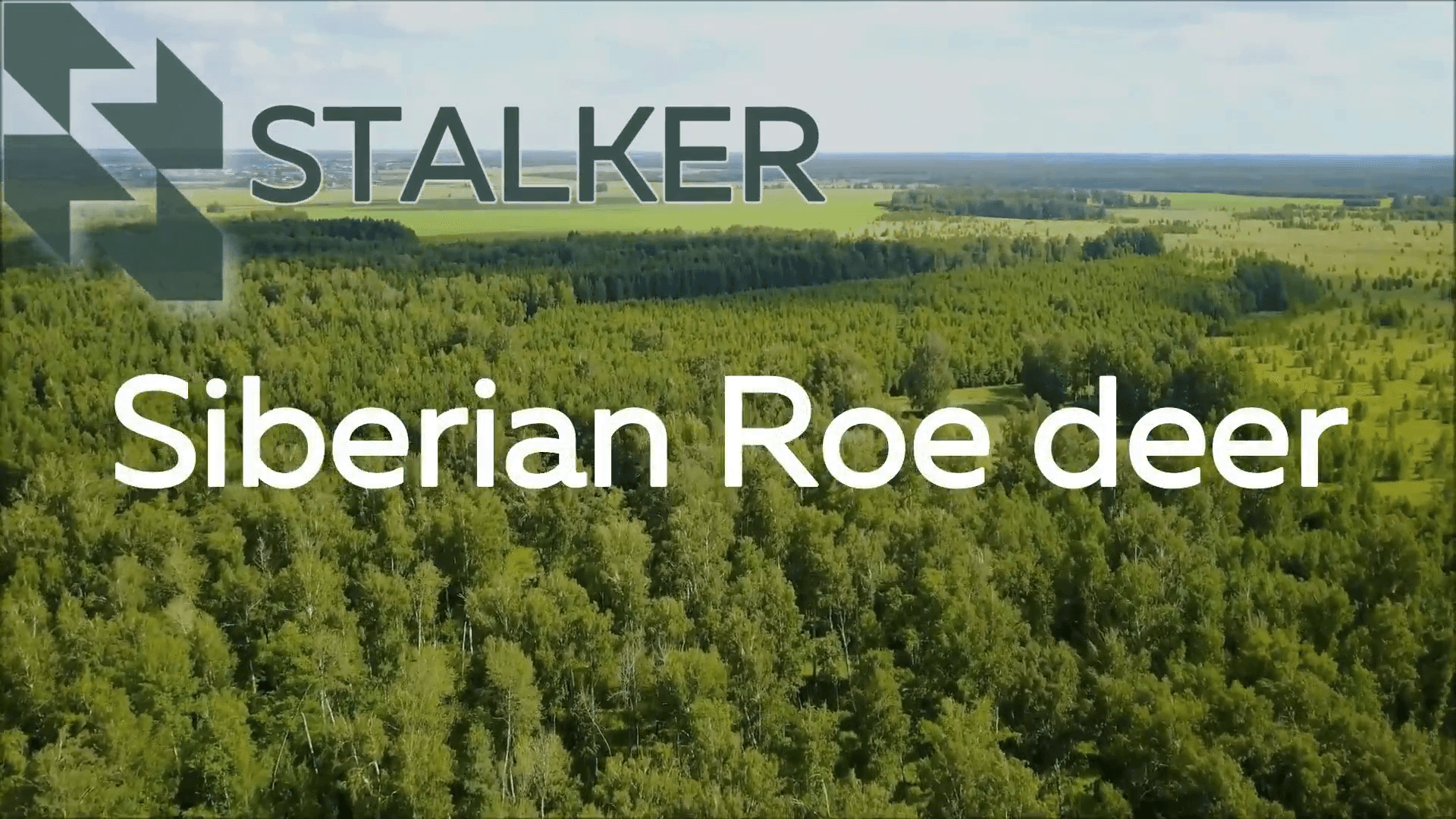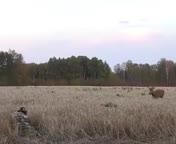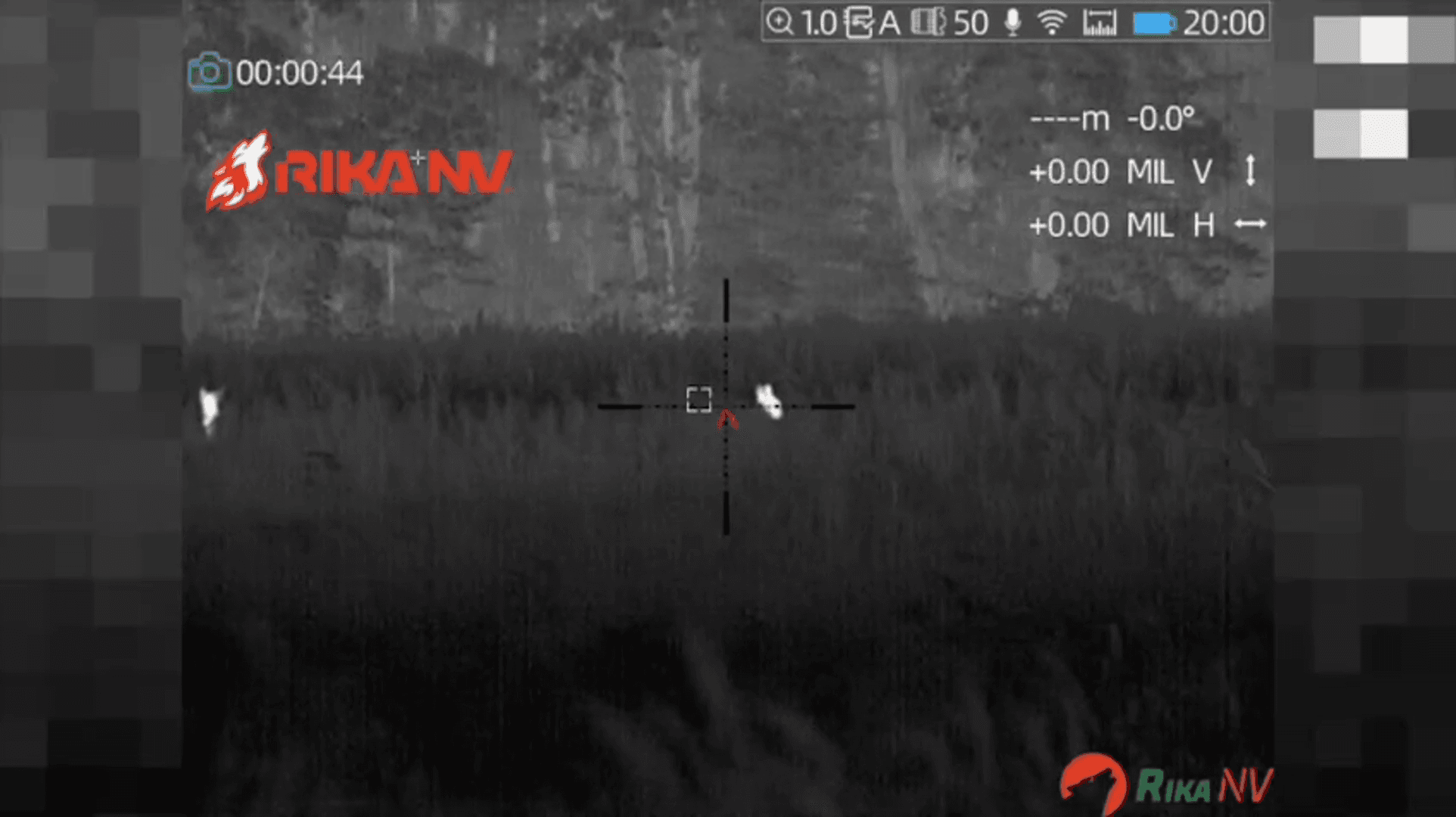
Suddenly a huge head appears in the gap... An evening in August. The roe deer’s rutting season is about to come to an end despite the fact that it seems not to have properly got going. In the evening, I grab my stuff from my desk and look out the window. It had rained all day, but now some rays of sun were starting to appear, already lower in the sky. The conditions couldn’t be better, so I quickly pack my gun and my backpack and head for the hunting ground.
Post: 29 March 10:05












































